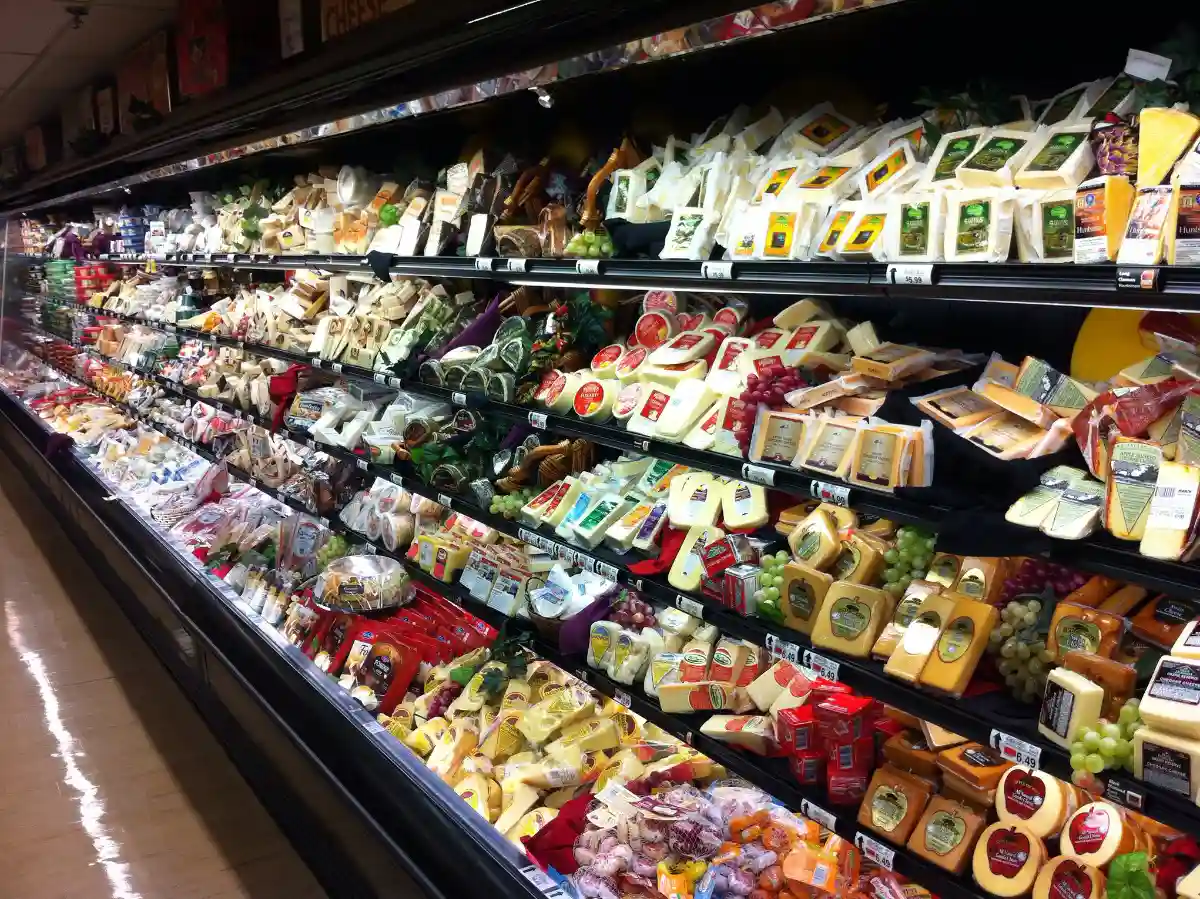
Celiac.com 04/03/2025 - The popularity of gluten-free diets has surged in recent years, often driven by health-conscious consumers who believe that avoiding gluten leads to better health outcomes. While a gluten-free diet is essential for individuals with celiac disease, wheat allergies, or non-celiac wheat sensitivity, many people who do not have these conditions are also eliminating gluten from their diets. However, this growing trend comes with nutritional and financial trade-offs that are not always well understood.
Comparing Gluten-Free and Gluten-Containing Products
A study examining 39 gluten-free products and their gluten-containing counterparts found significant differences in nutritional content and cost. On average, gluten-free products contained less protein while having higher amounts of sugar and calories. These findings challenge the common perception that gluten-free foods are inherently healthier.
Celiac.com Sponsor (A12):
Additionally, gluten-free products are generally more expensive than their gluten-containing counterparts. The price difference can create financial strain for individuals who need to follow a gluten-free diet for medical reasons. This discrepancy in cost and nutrition highlights a critical need for improved product formulation and consumer awareness.
Nutritional Challenges of a Gluten-Free Diet
Gluten-free products often lack essential nutrients, including dietary fiber and protein. Many manufacturers attempt to compensate for these deficiencies by adding supplements. However, incorporating dietary fiber during the production process can sometimes interfere with protein digestion, reducing the overall nutritional value of the product.
Another concern is the higher sugar content in gluten-free products. Increased sugar consumption has been linked to various health issues, including weight gain, diabetes, and metabolic disorders. Studies suggest that individuals on a long-term gluten-free diet may experience increased body mass index and potential nutritional deficiencies due to the composition of gluten-free foods.
One essential nutrient that gluten-free products frequently lack is arabinoxylan, a type of non-starch polysaccharide found in wheat, rye, and barley. Arabinoxylan is known for its health benefits, including promoting beneficial gut bacteria, improving digestion, and regulating blood sugar levels. The absence of this nutrient in many gluten-free foods could have unintended health consequences.
Limited Nutritional Improvements in Gluten-Free Products
Despite these challenges, some gluten-free products, such as seeded breads, have been formulated to contain significantly higher fiber content than their gluten-containing counterparts. This improvement is largely due to the use of ingredients like pseudo-cereals (such as quinoa and amaranth) and hydrocolloids, which help improve the texture and nutritional quality of gluten-free baked goods.
However, these nutritional improvements are not uniform across all gluten-free products. Regional variations exist, with gluten-free products in certain countries, such as Spain, often having lower fiber content than those in the United States. These inconsistencies suggest that more work is needed to ensure that gluten-free foods are nutritionally adequate across different markets.
The Economic Burden of Gluten-Free Diets
The growing market for gluten-free products reflects increasing consumer demand, with the global gluten-free industry valued at over $7 billion in 2024. In the United States alone, gluten-free product sales are expected to exceed $5.9 billion. However, the percentage of individuals who require a gluten-free diet for medical reasons remains relatively small. Only about 1% of the population has celiac disease, 6% experience non-celiac wheat sensitivity, and even fewer have wheat allergies. Meanwhile, nearly 25% of Americans consume gluten-free products, often for non-medical reasons.
Since gluten-free foods are generally more expensive to produce due to ingredient sourcing and manufacturing constraints, many consumers end up paying a premium for these products without gaining significant health benefits. For those with medical conditions requiring a gluten-free diet, this cost burden can make maintaining proper nutrition more challenging.
The Future of Gluten-Free Food Development
To address these issues, investment in research and development is crucial for creating more nutritionally balanced gluten-free products. Researchers are exploring ways to enhance the nutrient profiles of these foods while ensuring they remain affordable.
One promising avenue is conducting human feeding trials to determine the best formulations for gluten-free products. These trials would help ensure that gluten-free foods provide the necessary nutrients without adverse health effects.
Government collaborations and financial incentives could also help make gluten-free products more cost-competitive. By subsidizing the production of gluten-free ingredients and supporting local sourcing, the overall cost of gluten-free foods could be reduced, benefiting consumers who require these products for medical reasons.
Raising Public Awareness
Educating the public about the realities of gluten-free diets is essential. Many people adopt a gluten-free lifestyle under the false assumption that it is inherently healthier, even though research suggests otherwise. Public health initiatives should focus on helping consumers make informed decisions about their dietary choices.
For individuals who do not medically require a gluten-free diet, it is important to weigh the nutritional drawbacks and financial costs before eliminating gluten from their meals. For those who do need to follow a strict gluten-free diet, increased awareness can drive demand for better and more affordable gluten-free options.
The Impact on Individuals with Celiac Disease
For people with celiac disease, wheat allergies, or gluten sensitivity, a gluten-free diet is not a choice but a necessity. However, the study highlights significant challenges, including the lower nutritional value and higher cost of gluten-free products. While some gluten-free products are improving in terms of fiber content, the overall market still lacks affordable, nutritionally complete options.
This research underscores the need for continued improvements in gluten-free food production, pricing, and public education. Those with celiac disease and other gluten-related disorders should be aware of the nutritional gaps in many gluten-free products and work with dietitians to ensure they are meeting their dietary needs. Meanwhile, for the broader public, this study serves as a reminder that going gluten-free without medical necessity may not be the healthiest or most cost-effective choice.
Read more at: link.springer.com







Recommended Comments
There are no comments to display.
Create an account or sign in to comment
You need to be a member in order to leave a comment
Create an account
Sign up for a new account in our community. It's easy!
Register a new accountSign in
Already have an account? Sign in here.
Sign In Now